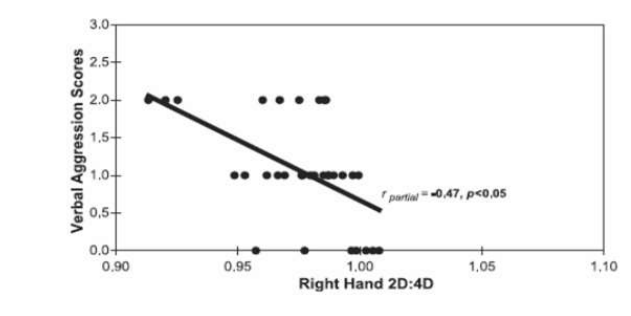Personality Psychology: BIOLOGICAL APPROACHES
1/30
Earn XP
Description and Tags
MBB2
Name | Mastery | Learn | Test | Matching | Spaced |
|---|
No study sessions yet.
31 Terms
Comte’s ‘hierarchy of sciences’
-
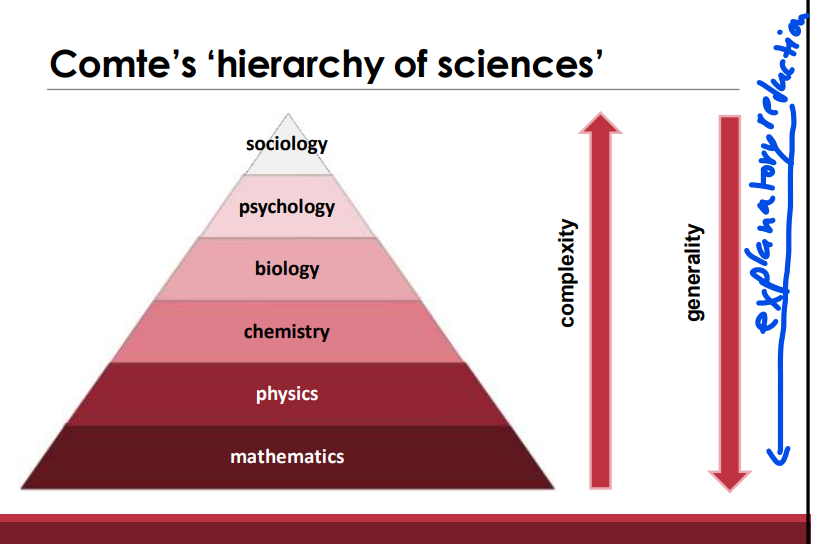
Biological approaches
Explanations of the biological basis of personality operate at several levels, from “distal” to “proximal”
Genetics
Brain functioning
Neural systems
Neural structures
Neurochemicals
Hormonal factors
Genetics of personality
Is personality inherited?
DNA as source of our similarities & differences
~20,000 protein-coding genes
~3,000,000,000 DNA base pairs
Most DNA is shared between people: ~99.6% is identical between any two people
To what extent does this DNA variation underpin variations in personality?
Research designs: Family studies
Examine resemblance between family members as a function of genetic relatedness
50%: child, parent, sibling
25%: grandchild, grandparent, half-sibling, uncle, aunt, nephew, niece
Greater resemblance for closer relations implies genetic contribution
BUT: genetic contributions are confounded with shared environmental contributions
Research designs: Twin studies
Compare resemblance between monozygotic (MZ) & dizygotic (DZ) twins
MZ twins are 100% related, DZ twins 50% related
Greater resemblance for MZ twins implies genetic contribution
Environments are equally similar for both kinds of twin, so environmental factors are not confounded
BUT: possibility of more similar environments for MZ twins, & perhaps twins are unrepresentative
Correlation
‘Resemblance’ is indexed by the correlation coefficient
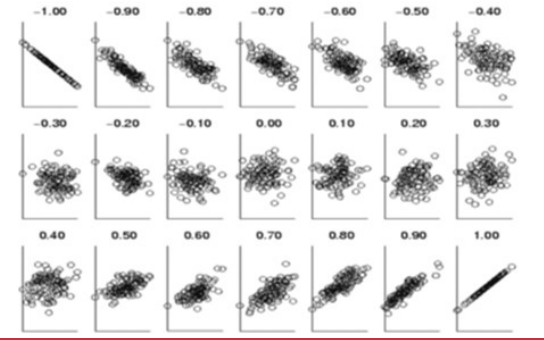
For example …
Recent twin study of singing
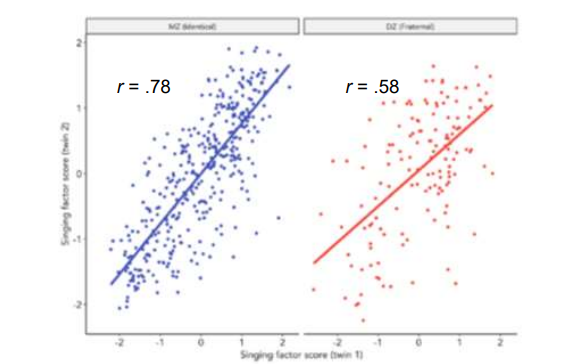
Summary of 2748 twin studies (1958-2012)
-
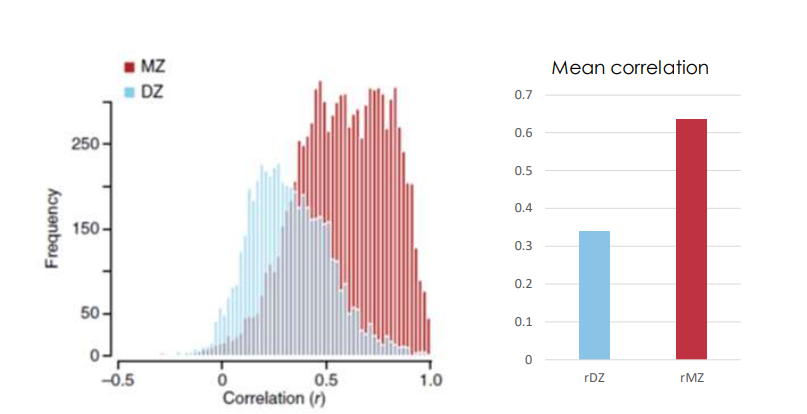
Research designs: Adoption studies
Compare resemblance of adopted children to adoptive parents (APs) & biological parents (BPs)
APs are 0% related but supply environment, BPs are 50% related
Degree of resemblance to APs & BPs shows environmental & genetic contributions
BUT: adoption must occur early; problem of selective placement; biological mother provides prenatal environment as well as genes
Variance components
-
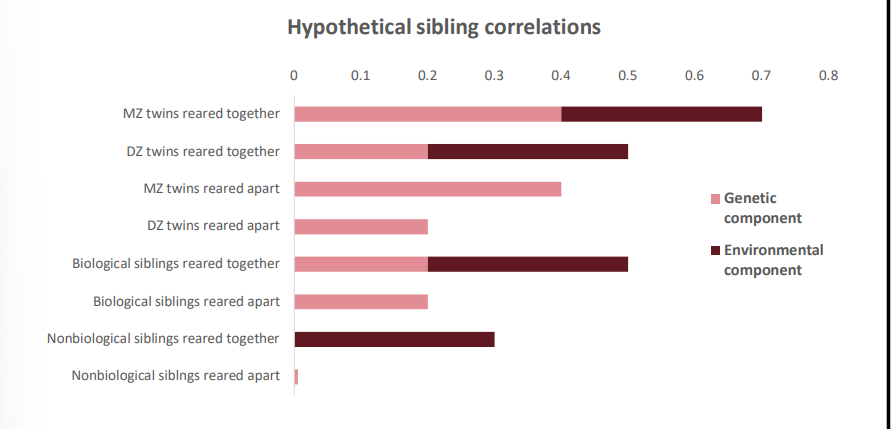
Example (IQ)
-
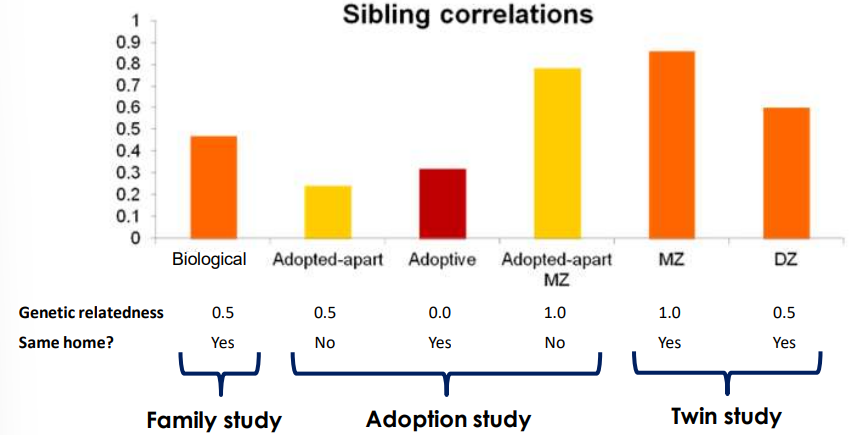
Heritability
Behavioural genetic studies yield estimates of heritability = proportion of variance in the trait accounted for by genes • e.g., .8 for height, .7 for weight, .5 for maths aptitude '
Most personality attributes show heritabilities from .3 to .5
This is even true for apparently purely learned attributes (e.g., political attitudes, vocational interests)
Example correlations (Loehlin, 1992)
-
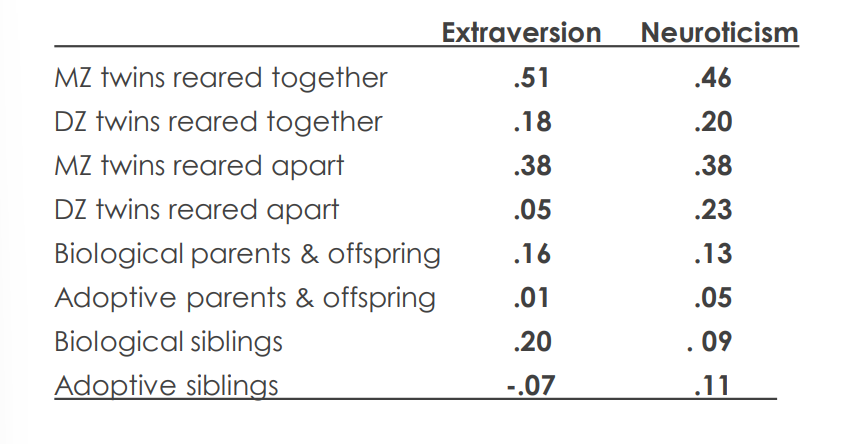
Estimating heritability
-
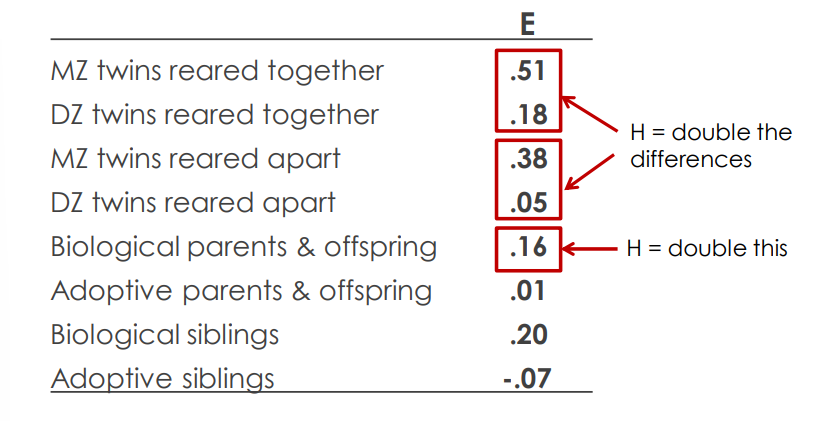
Important caveats
Substantial heritability of personality does not mean that parents and children are always similar in their personality traits
Heritability relates to variation within a population: it says nothing about genetic contribution to any individual’s personality
Heritability does not imply that personality is fixed
A substantial heritability can coexist with substantial environmental contributions to personality
The role of the environment
Behavioural genetics clarifies the role of the environment
‘Shared’ environmental influences (those that make siblings more similar) tend to be weak
e.g., parental education, neighbourhood, class, ethnicity, diet
‘Non-shared’ environment influences (those that make siblings more different) tend to be much stronger
e.g., illnesses, friend groups, differential treatment by parents
Environmental factors can themselves be genetically influenced
e.g., susceptibility to accidents & other life events
Genetic & environmental contributions to the Big 5 (from Riemann et al., 1997)
-
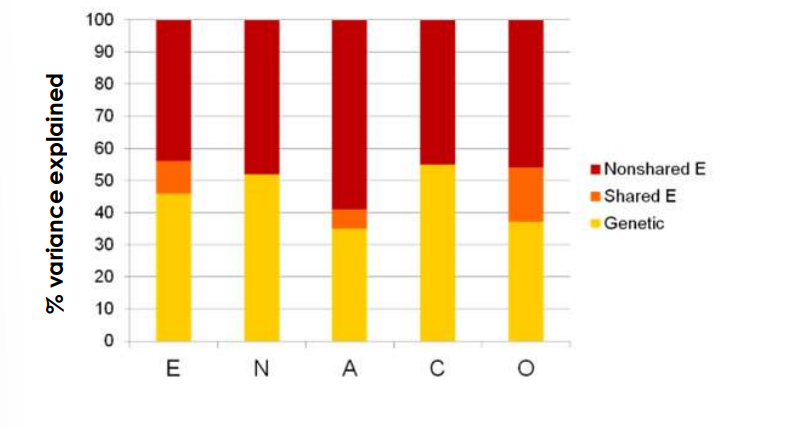
Shared versus non-shared environment
“salient environmental effects do not make siblings similar. That is, they are not shared by children growing up in the same family.”
“theories of socialization had assumed that children’s environments are doled out on a family-by-family basis. In contrast, the point of non-shared environment is that environments are doled out on a child-by-child basis
Specific personality-related genes
Heritability says nothing about specific genes or genetic mechanisms
Several specific genes have been identified in candidate gene studies, but they do not replicate
e.g., Novelty-seeking & dopamine sensitivity
More recent research, surveying the entire genome with huge samples, finds few replicable personality genes
Most traits appear to be influenced by hundreds of genes, each with very small effect
Dimensions, again
What you get when you add many small influences is a phenotype that looks like this …
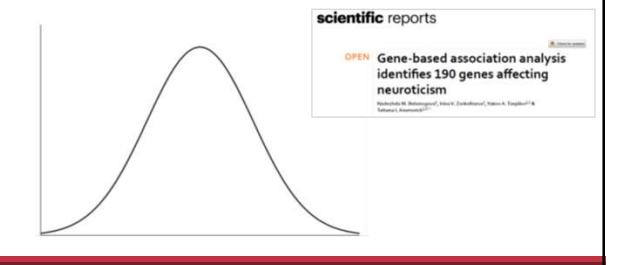
Brain functioning: Systems
Eysenck’s theory
Neuroticism & limbic system reactivity
Gray’s theory
Eysenck’s theory
Extraversion & low cortical arousal
Leads to desire for stimulation (e.g., novelty, excitement)
Neuroticism & limbic system reactivity
Leads to greater autonomic NS arousal to threat & stress
Gray’s theory
Impulsivity & “behavioural activation system” (BAS)
Linked to sensitivity to reward & pleasure
Associated with a tendency to approach rewards
Anxiety & “behavioural inhibition system” (BIS)
Linked to sensitivity to punishment & pain
Associated with a tendency to avoid punishments
Brain functioning: Structures
Some links have between found between Big 5 & the size (volume) of brain structures
Extraversion with a region involved in processing reward information
Agreeableness with regions that process information about other people’s intentions and mental states
However, a recent meta-analysis suggests these links are questionable
A more promising direction is exploring patterns of functional activity and connectivity in the brain
For example …
Neuroticism
Extraversion
Neuroticism
Associated with high resting activity of the amygdala
Greater neural response to errors in dorsal anterior cingulate cortex (involved in conflict monitoring)
Extraversion
Greater neural response to experiences of reward in frontal brain region
Brain functioning: Chemicals
Personality factors may be associated with neurotransmitter activity in the brain
Extraversion & dopamine levels
Exploration, approach & incentive motivation
Neuroticism & norepinephrine levels
Negative emotion, vigilance for threat, cautiousness: ‘neurobehavioural warning system’
Agreeableness & opioids
Attachment processes
Constraint & serotonin levels
Inhibition of emotional response, low impulsiveness; low serotonin → aggression & emotional instability
Hormonal factors
There is evidence that personality is influenced by prenatal exposure to sex hormones
Ratio of 2nd (index) to 4th (ring) finger (2D:4D) is associated with testosterone exposure
Lower ratio in men than women, especially on right hand
i.e., men tend to have longer ring finger than pointer finger
Among men, lower 2D:4D ratio correlates with:
Physical aggression
More stereotypically ‘masculine’ career interests (realistic & enterprising)
Less stereotypically feminine gender role
In women, lower 2D:4D ratio correlates with:
More indirect aggression (spreading rumours, malicious humour, excluding people)
More stereotypically ‘masculine’ interests (enterprising, less social)
Example study (Benderlioglu & Nelson, 2004)
Examined reactive aggression in women
Participants were asked to raise money for a fictitious charity by making calls
Calls went to kind but non-donating or hostile confederates
Hostility assessed by how hard phone was put down & by tone of follow-up letter
Women with lower 2D:4D were more hostile
